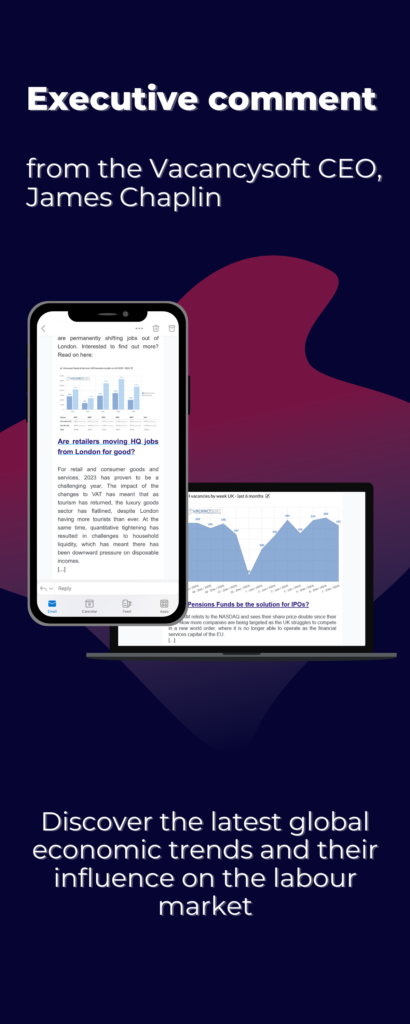
Recruitment can be an incredibly lucrative business model. Every year lists of the most profitable businesses are published. But, at the same time, recruitment is also a sector where companies constantly struggle financially. How can good strategy help profitability?
The most important question to begin the process is to define the areas you compete in. For any role you are working on you could be competing against anything from an RPO to a PLC to a mid-size recruiter dedicated to that vertical and niche specialists. Within that, depending on the size of and resources within your business, there become four core areas you can compete on.
Client service
This is the most common area recruiters look to specialise in. The logic here is that the better we look after our clients, the more loyal they will be to us and the more likely they will be to provide exclusive work or retainers. However, the rise of the internal recruiter has caused this model to come under threat. Hiring managers are prevented from having the same relationships they once did,
Candidate service
There is only one certainty in recruitment. If you have a candidate who is only registered with you, come the time when they change jobs you are guaranteed to get a fee. Therefore, arguably niche specialists should prioritise developing a small pool of candidates to whom they provide expert career counsel, on the basis of exclusive representation. The metaphor of the football agent springs to mind. The agent goes to bat for the candidate to get them the best terms possible. This model works well for a recruitment firm with only a handful of consultants.
Speed
Information Technology utilised correctly can give a significant advantage to larger recruiters which have the budgets to provide all the necessary tools. Premium industry-specific
Cost
As internal recruiters have risen to the fore, cost pressures have emerged. RPOs can offer scaled solutions, which means they can drive down
With the above in mind, the decision for a recruitment company or director to consider is which market best plays to your strengths. Have your strategy tailored to the market best suited to you and understand
Over the last ten
CEO


